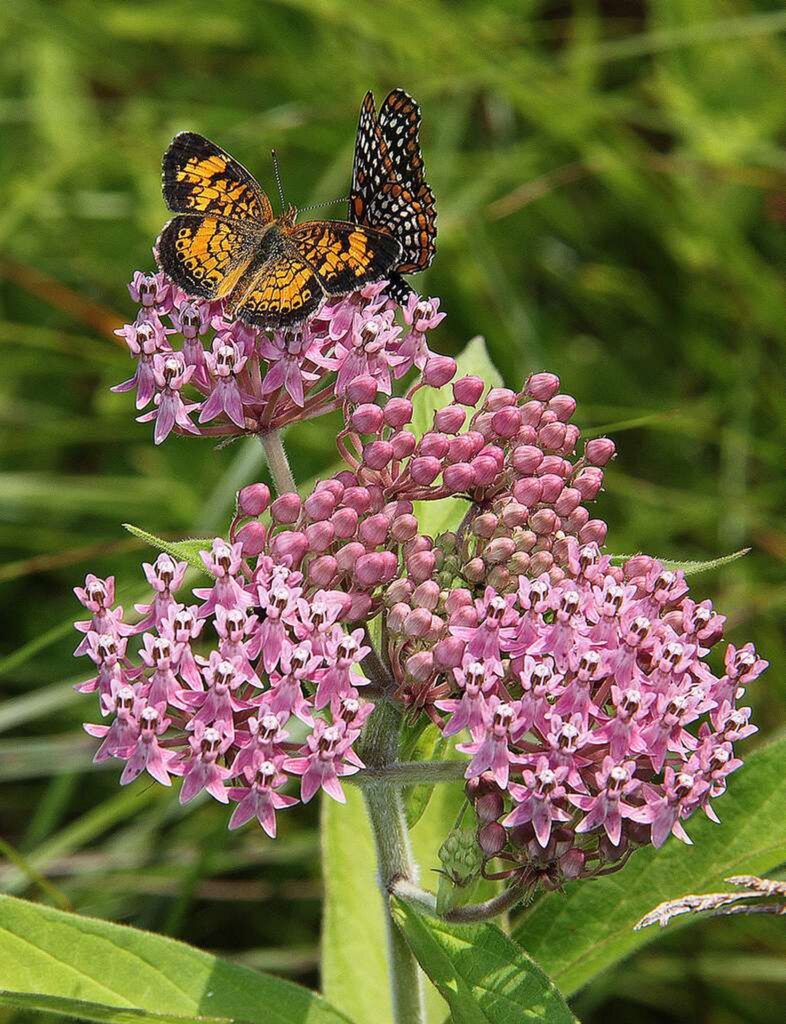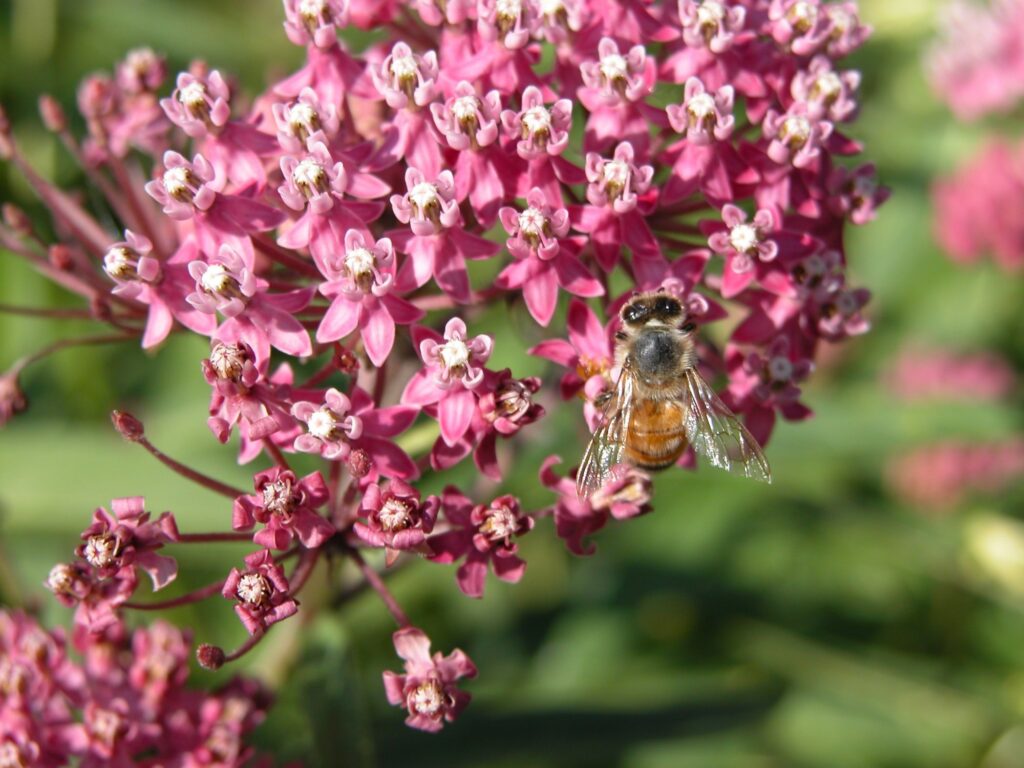Swamp milkweed (Asclepias incarnata) is a perennial plant known for its vibrant pink to mauve flowers. Growing swamp milkweed fulfills a vital role in supporting pollinators, especially monarch butterflies.
Belonging to the milkweed family (Asclepiadaceae), this native North American species thrives in various zones and seasons, making it a valuable addition to both wildflower gardens and habitats for wildlife.
Swamp milkweed is a herbaceous perennial that typically reaches heights of 2 to 4 feet. Its clusters of small, intricate flowers feature shades of pink, purple, or white and bloom from early summer to late autumn.
This hardy plant is well-suited for zones 3 to 9, making it adaptable to a wide range of climates. It thrives in full sun but can tolerate partial shade.
When to Start Swamp Milkweed Indoors
In zones 3-5, where frost can linger, it’s advisable to start swamp milkweed seeds indoors 8-10 weeks before the last expected frost date, typically around late winter to early spring.
For zones 6-8, with milder winters, you can start seeds indoors 6-8 weeks prior to the last expected frost, usually in late winter.
In zones 9-12, where frost is less of a concern, you can sow seeds directly outdoors in the fall or early winter or start them indoors during the cool season.

Starting Swamp Milkweed Seeds Indoors
Prepare a well-draining seed starting mix. You can purchase a high-quality commercial mix or make your own. A blend of two parts coconut coir and one part perlite or vermiculite works well. Ensure the mix is moist but not waterlogged.
Select seed trays or pots with drainage holes. Biodegradable pots work too, as they can be planted directly in the ground.
Surface sow the seeds, pressing them down firmly to ensure soil contact with the seed. Space them about 1 inch (2.5 cm) apart or place one or two seeds per cell block.
Maintain consistent moisture by misting the soil or using a gentle watering technique. Cover the containers with a plastic dome or plastic wrap to create a mini-greenhouse effect.
Temperature: Swamp milkweed seeds germinate best at temperatures between 70-75°F. Use a heat mat if necessary to maintain warmth.
Provide indirect sunlight or fluorescent lights for 14-16 hours a day. Once seedlings appear, remove the cover and move them to a bright, sunny location.
When seedlings have developed at least two true leaves and the risk of frost has passed, transplant them into larger pots to allow for root growth.
Preparing the Garden Bed

Choose a sunny to partially shaded location with well-drained soil. Swamp milkweed can easily tolerate wetter conditions, but it doesn’t like constantly waterlogged soil.
Well-draining, loamy soil is ideal. Amend heavy clay soil with organic matter to improve drainage.
Space plants 18-24 inches apart to accommodate their mature size.
Ensure consistent moisture, especially during dry spells, to mimic its natural swampy habitat.
Hardening Off Starter Plants
Before planting your starter plants into the garden, gradually expose your young plants to outdoor conditions over 7-10 days. Start by placing them in a sheltered spot for a few hours each day, gradually increasing exposure to sunlight and wind.
Planting Swamp Milkweed

Plant at the same depth as they were in their pots or trays.
Maintain the recommended 18-24 inch spacing between plants.
Apply a layer of organic mulch around the plants to retain moisture and suppress weeds. Hay, straw, or woodchips work well for this.
Water deeply after planting to settle the soil and then regularly to keep the soil consistently moist. It’s important to keep the soil moist during the first week or two.
Caring for Swamp Milkweed Plants
Keep the soil evenly moist but avoid waterlogging. Established plants are more drought-tolerant.
Fertilize sparingly with a balanced, slow-release fertilizer in early spring. Alternatively, refresh the soil with a layer of compost and mulch.
Remove weeds to reduce competition for nutrients. Cutting them off at ground level and refreshing the mulch will improve your soil quality over time.
Tips and Tricks
Encourage branching and more blooms by pinching back young plants early in the season.
For pests like aphids, consider introducing ladybugs or using a soap and water solution to gently remove them.
Prevent disease by ensuring good air circulation and avoiding overhead watering.
Harvesting Swamp Milkweed Seeds

Collect mature seed pods in late autumn when they turn brown and split open. Store seeds in a cool, dry place.
Swamp milkweed dies back in winter, returning in the spring. Mulch lightly to protect the roots in the fall in colder regions.
Growing swamp milkweed is a rewarding endeavor that not only beautifies your garden but also supports native wildlife.
With proper care and attention, you can enjoy the vibrant blooms and play a part in preserving essential pollinator habitats.
